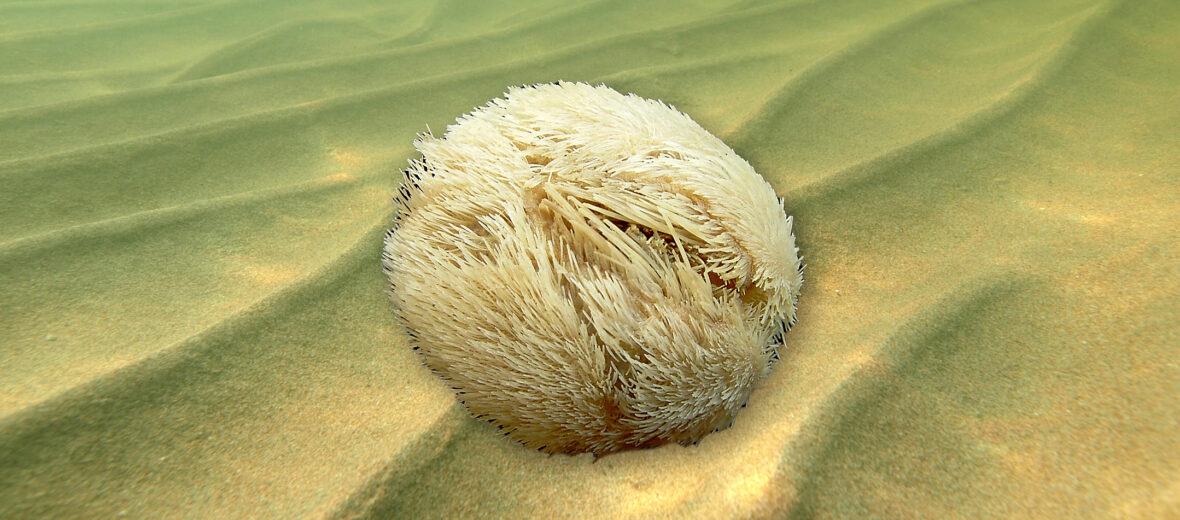
The sea potato, aka common heart urchin, is a sea urchin found in sub-tidal regions in temperate seas the world over. They prefer to be buried in the sandy substrate of the ocean floor. These critters are abundant and not listed on IUCN’s Red List of Endangered species. But it could be surmised that they face the threats of pollution, habitat destruction, and climate change. This article is dedicated to David.
First the Stats…
Scientific name: Echinocardium cordatum
Weight: Up to 1+ ounce
Length: Up to 3.54 inches
Lifespan: Up to 20 years
Now on to the Facts!
1.) Sea potatoes are heart-shaped urchins dressed in a thick mat of furrowed yellowy spines that grow from tubercles. The tubercles predominantly point backwards.
2.) These critters were first described as Echinus cordatum in 1777 by Thomas Pennant.
3.) They can be found at depths of up to 755 feet.
4.) There are 5 known species of these creatures.
5.) The sea potato is considered fossorial (spends most or all of its life underground) and buries itself up to 5.9 inches into the sand.
But wait, there’s more on the sea potato!
6.) Detritus is collected via a a series of tubed feet that pass the debris to their mouth.
7.) Both males and females release gametes into the water table in the spring that join together and begin to grow.
Did you know…?
These critters often share their burrow with bivalve molluscs.
8.) The pelagic larvae form part of the zooplankton chain.
9.) Metamorphosis of the larvae takes place about 39 days after fertilization, with the larvae settling down and burrowing into the substrate.
10.) The test, aka shell, of the sea potato also has cultural significance in West Cork, Ireland, where it is typically referred to as a “Virgin Mary” shell. This is due to the visible patterns on the test which resemble an apparition of the Virgin Mary.
Now a Short Sea Potato Video!
This video talks about sea urchins in general.
Be sure to share & comment below! Also, check out the Critter Science YouTube channel. Videos added regularly!
Want to suggest a critter for me to write about? Let me know here.
Some source material acquired from: Wikipedia



